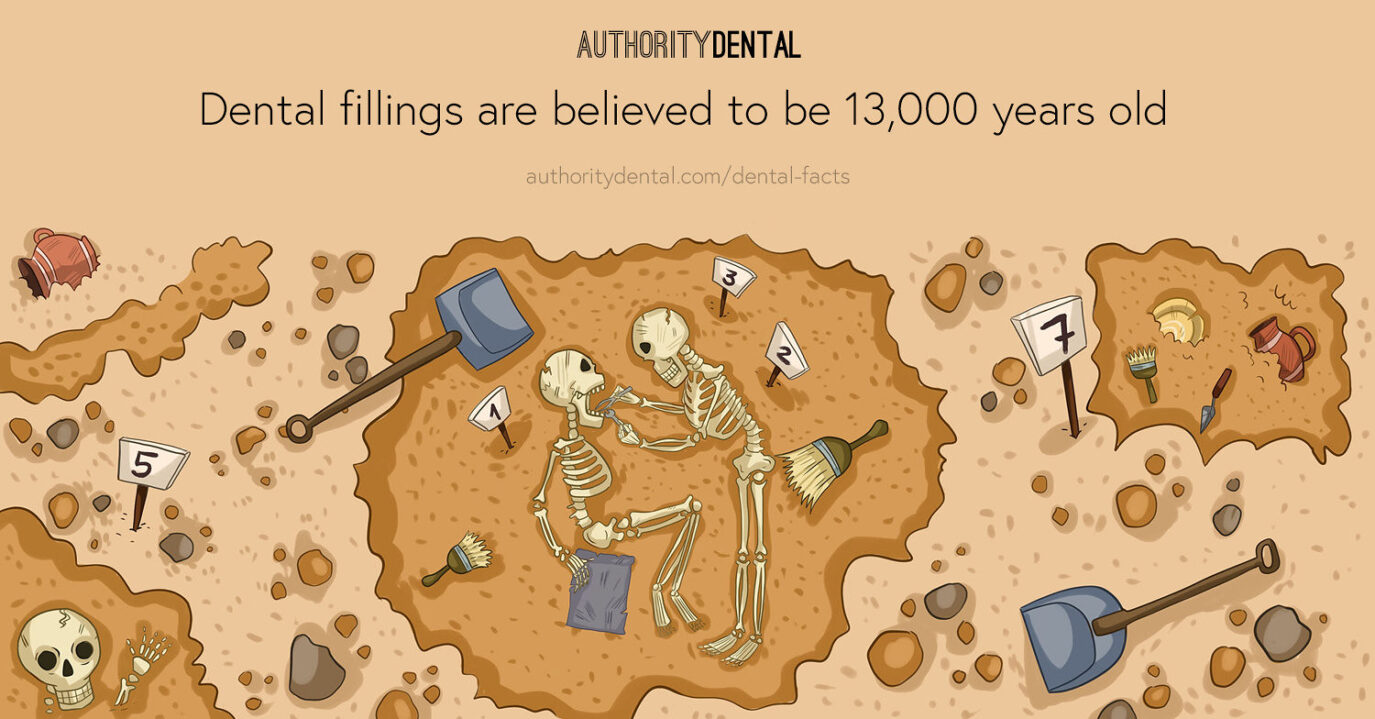
How Have Dental Fillings Changed Over the Years?
October 22, 2023 9:00 am Dental fillings have come a long way since their inception, evolving from primitive materials to advanced, aesthetically pleasing options. In this blog post, we’ll explore how dental fillings have changed over the years and the benefits of using modern materials.
Early Days: Metals and Amalgams
During the early days of dentistry, clinicians commonly used metals such as lead, tin, gold, and even silver for fillings. These materials were durable but had significant drawbacks. They were conspicuous, causing aesthetic concerns for patients, and they didn’t bond tightly with the tooth, leading to potential leakage and recurrent decay.
Introduction of Amalgam Fillings
In the 19th century, amalgam fillings emerged as a popular choice. They were a blend of metals, including silver, tin, copper, and mercury. Amalgams were favored for their durability and cost-effectiveness. However, concerns about the mercury content raised questions about their safety and led to the search for alternative materials.
Composite Resins: An Aesthetic Revolution
The advent of composite resin fillings marked a significant shift in dental care. Composites are a blend of plastic and fine glass particles. They offered a more natural appearance, as they could be color-matched to the patient’s tooth. This aesthetic advantage made them a preferred choice for many.
Ceramic and Porcelain Fillings
Ceramic and porcelain fillings represent the pinnacle of aesthetic dentistry. These materials are highly durable, stain-resistant, and closely resemble natural teeth. They are ideal for front tooth restorations where appearance is paramount. Though more expensive than composite fillings, their durability and natural look justify the investment.
Adhesive Bonding: Strengthening the Connection
Modern dental fillings are now applied using adhesive bonding techniques. This process allows for a stronger, more secure attachment between the filling material and the tooth, minimizing the risk of leakage and recurrent decay.
Biocompatible Materials
Recent advancements have led to the development of biocompatible filling materials. These options are less likely to cause allergic reactions or sensitivities, making them suitable for a wider range of patients.
Dental Fillings at Megan Jones, DDS in Shoreline, WA
The evolution of dental fillings highlights the remarkable progress in dental technology and materials. Today, patients have access to a range of options that not only restore dental health but also enhance the natural beauty of their smiles. At Megan Jones, DDS, we’re committed to providing the latest and most effective dental solutions to ensure your smile is both healthy and aesthetically pleasing.
Image from Authority Dental under CC 2.0
Categorized in: Dental Technology, Restorative Dentistry

